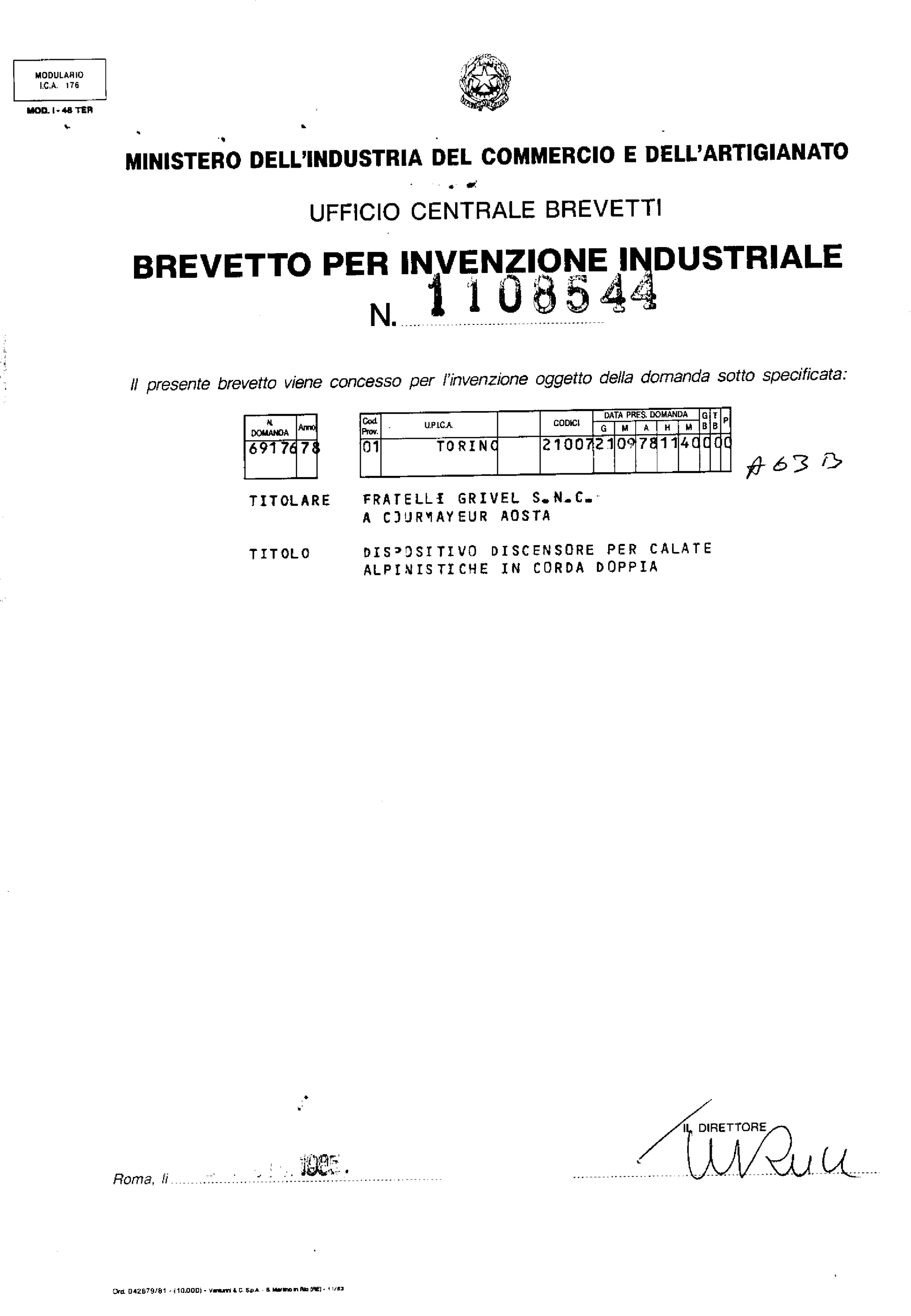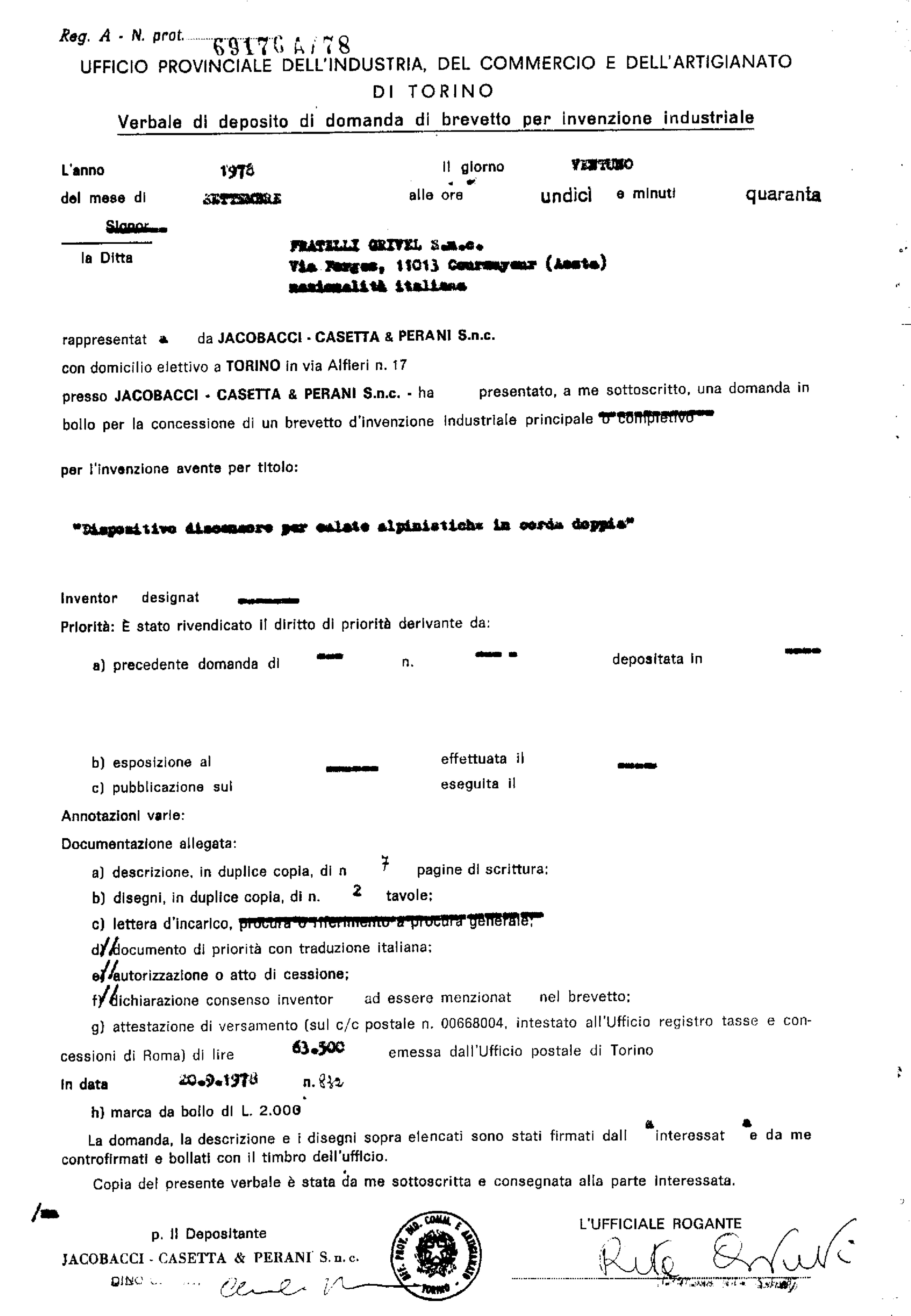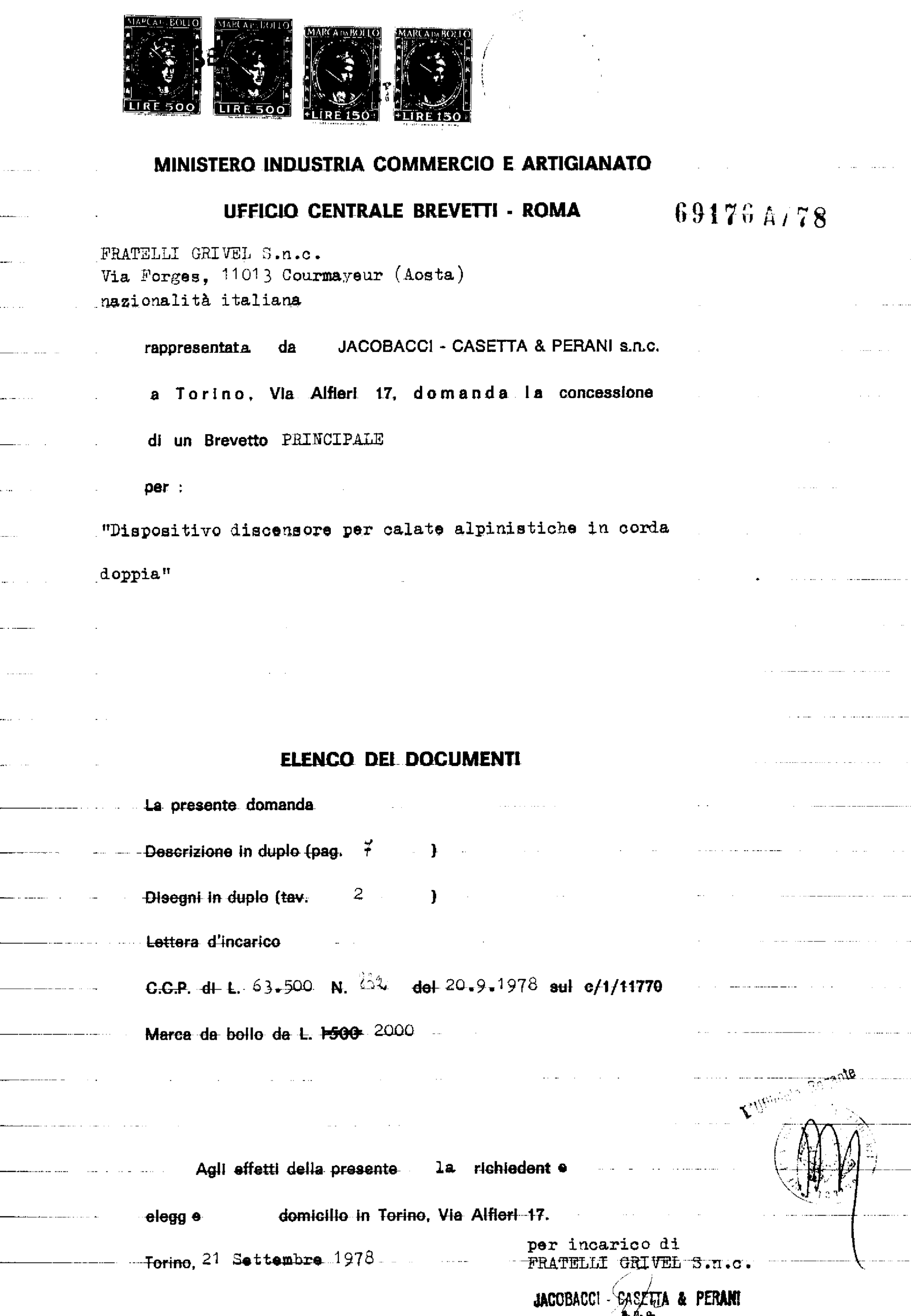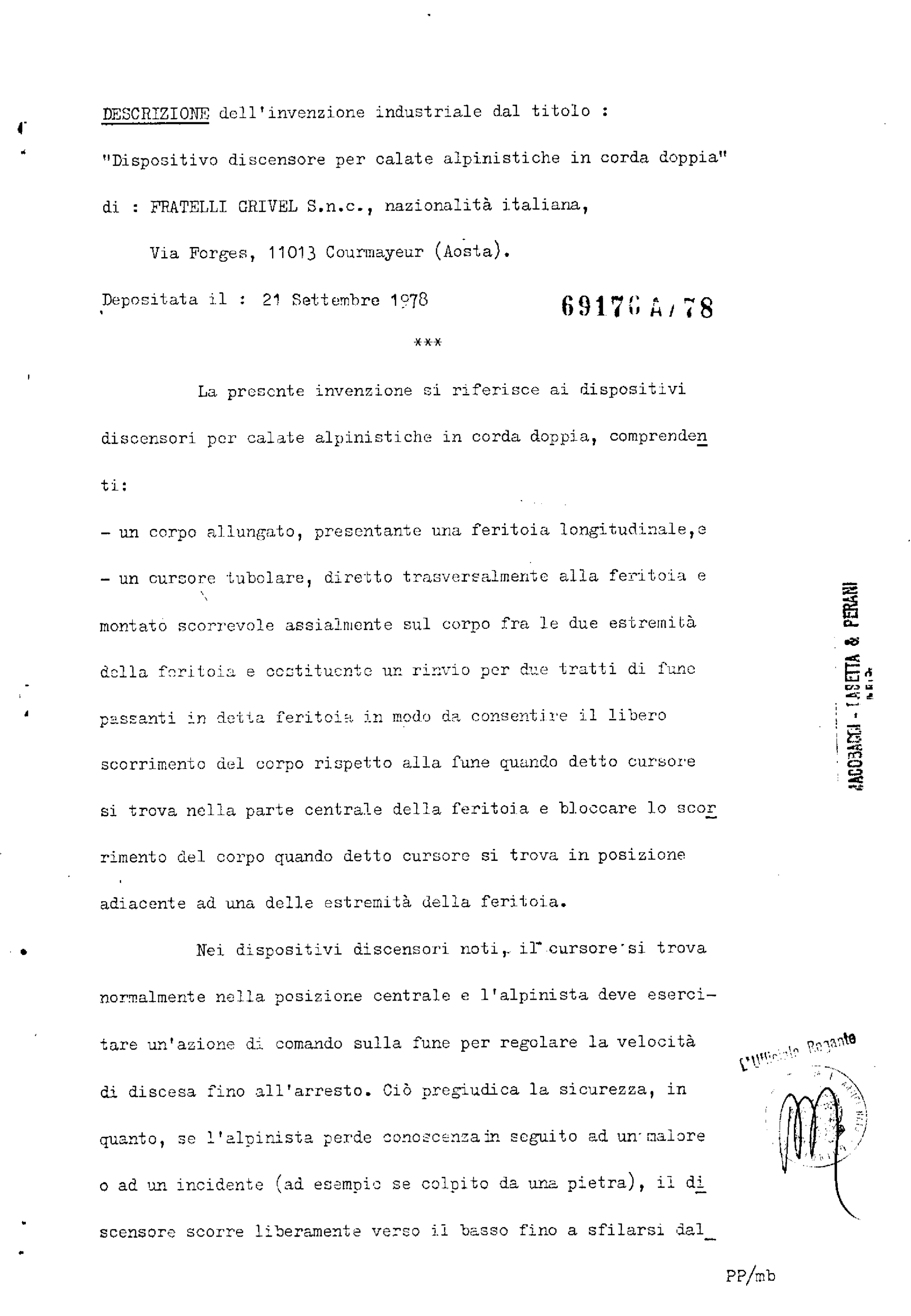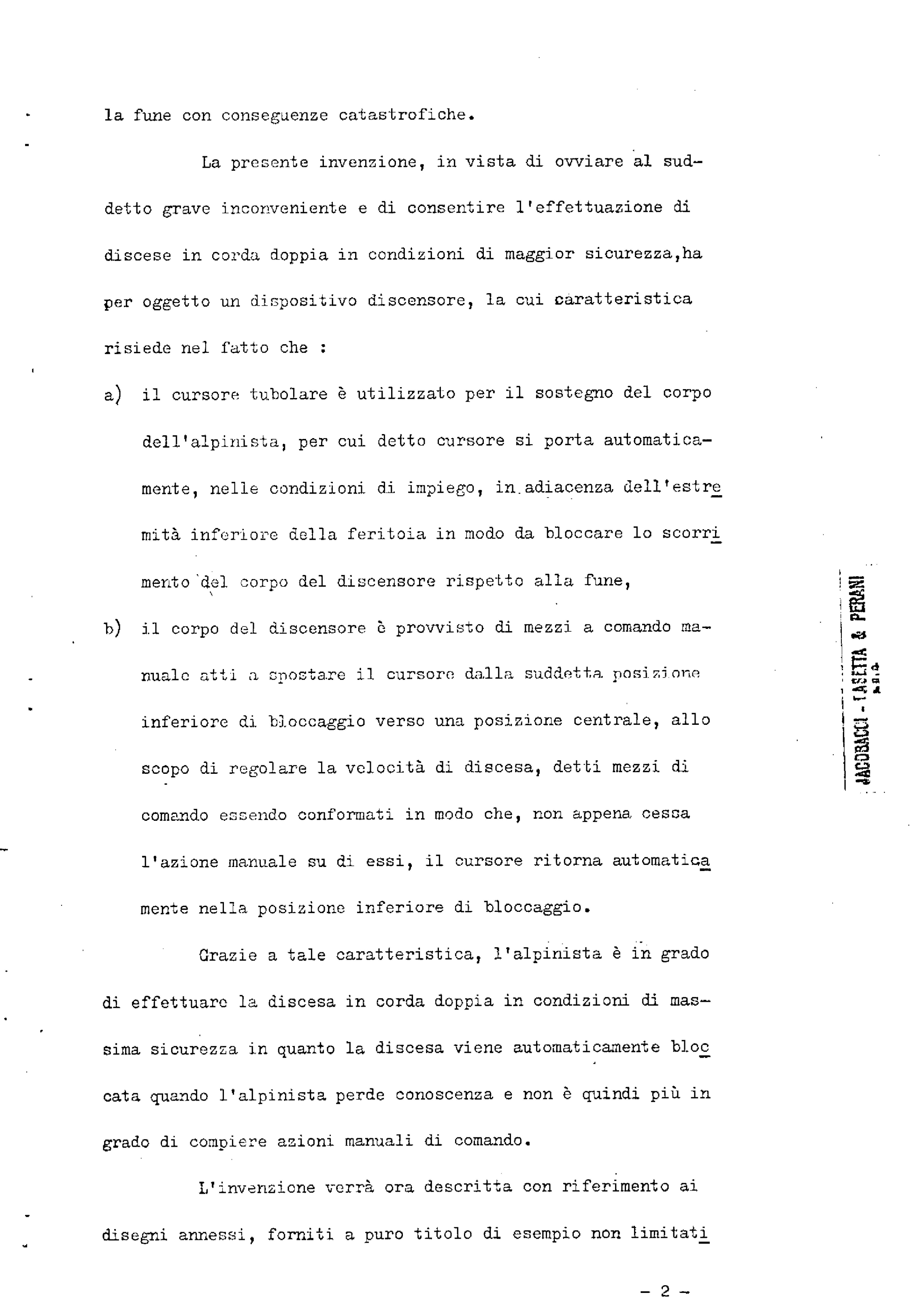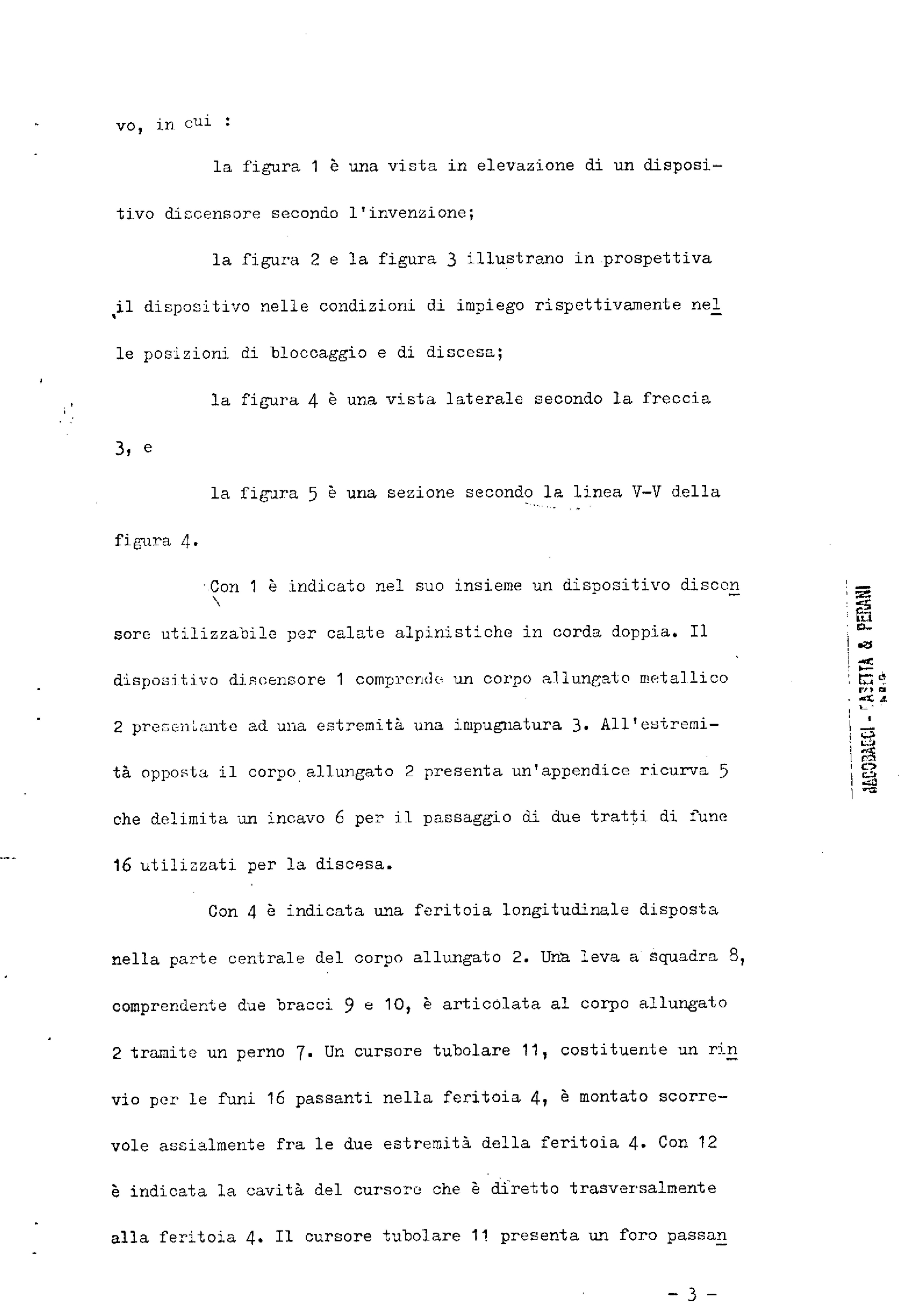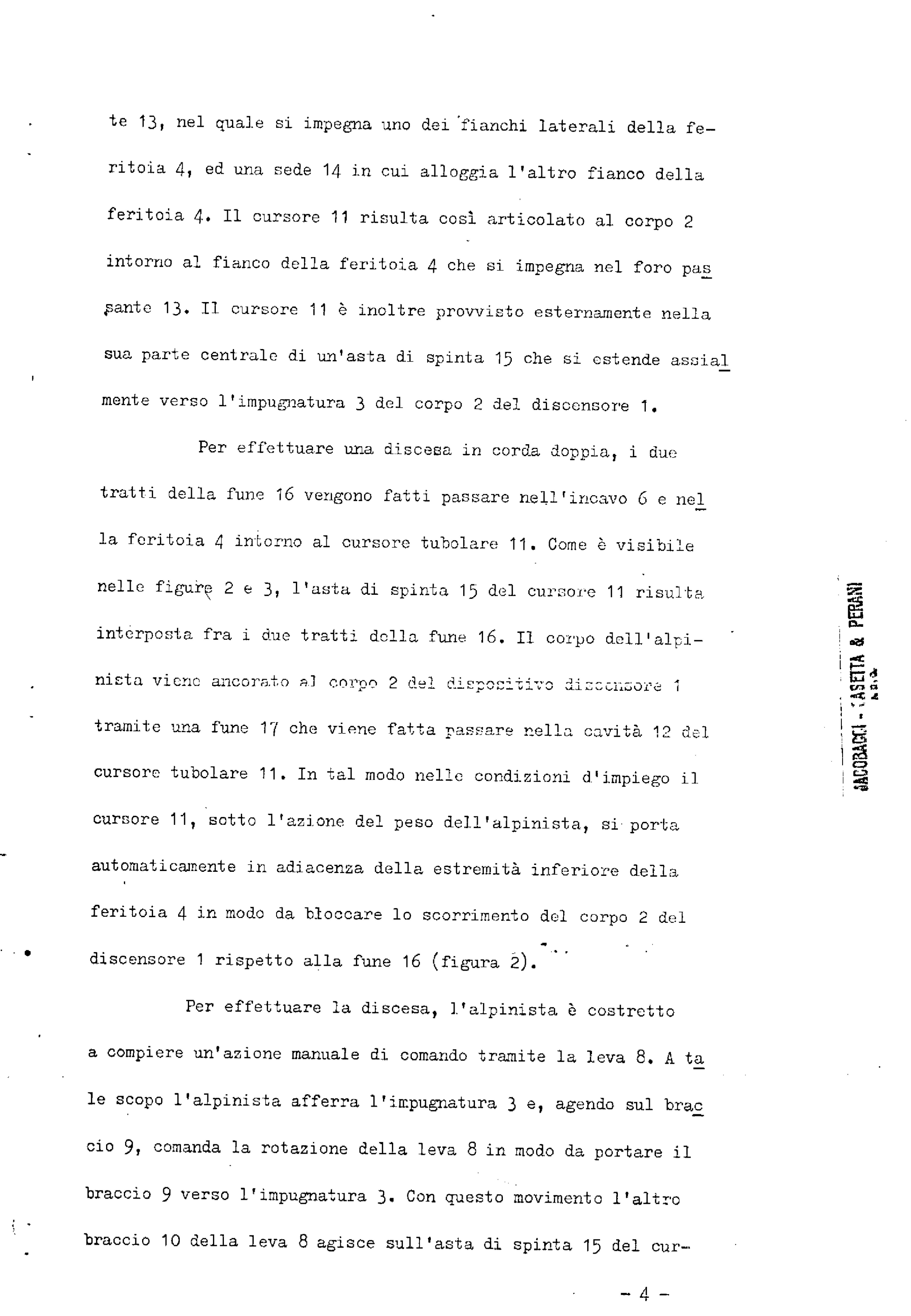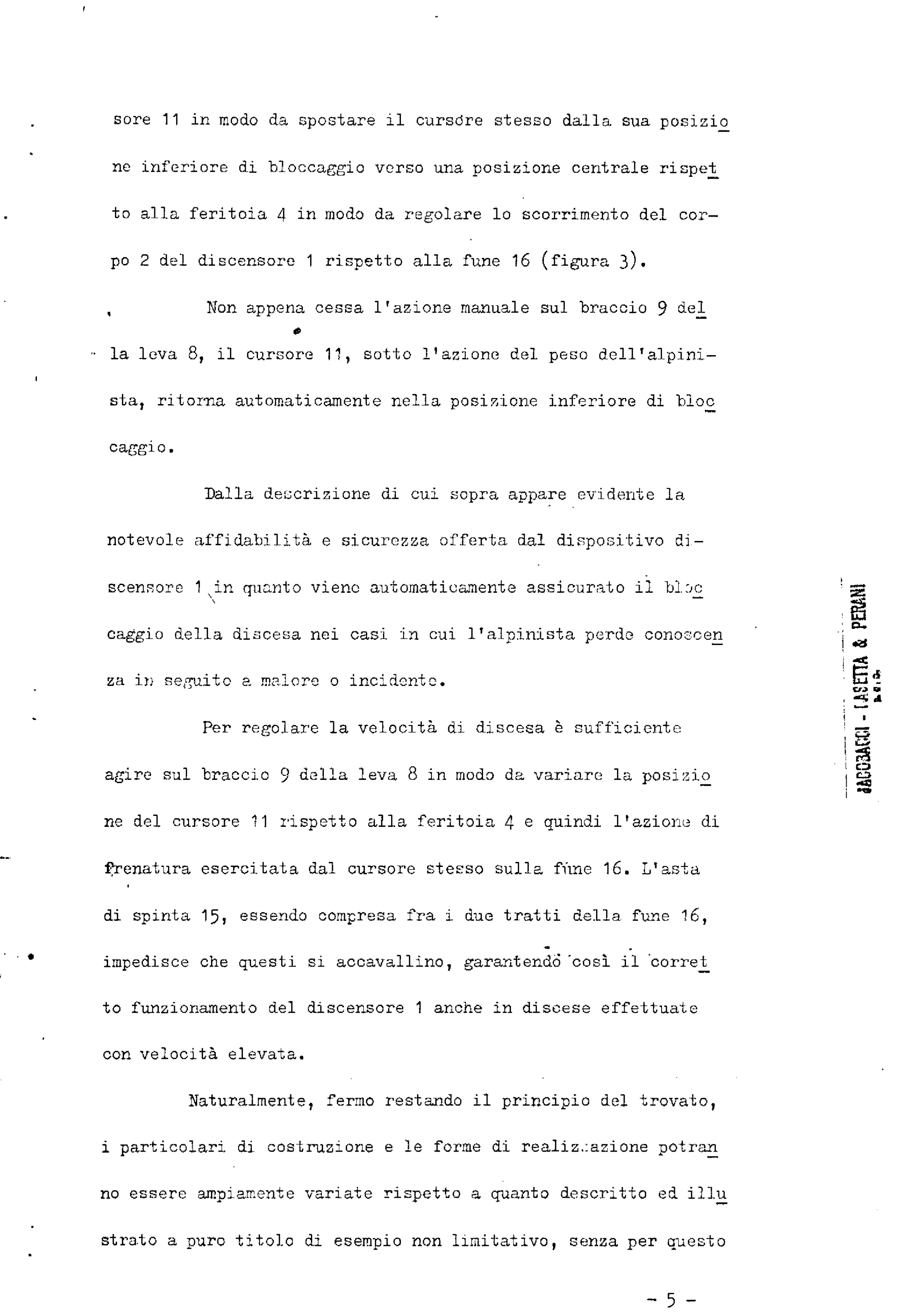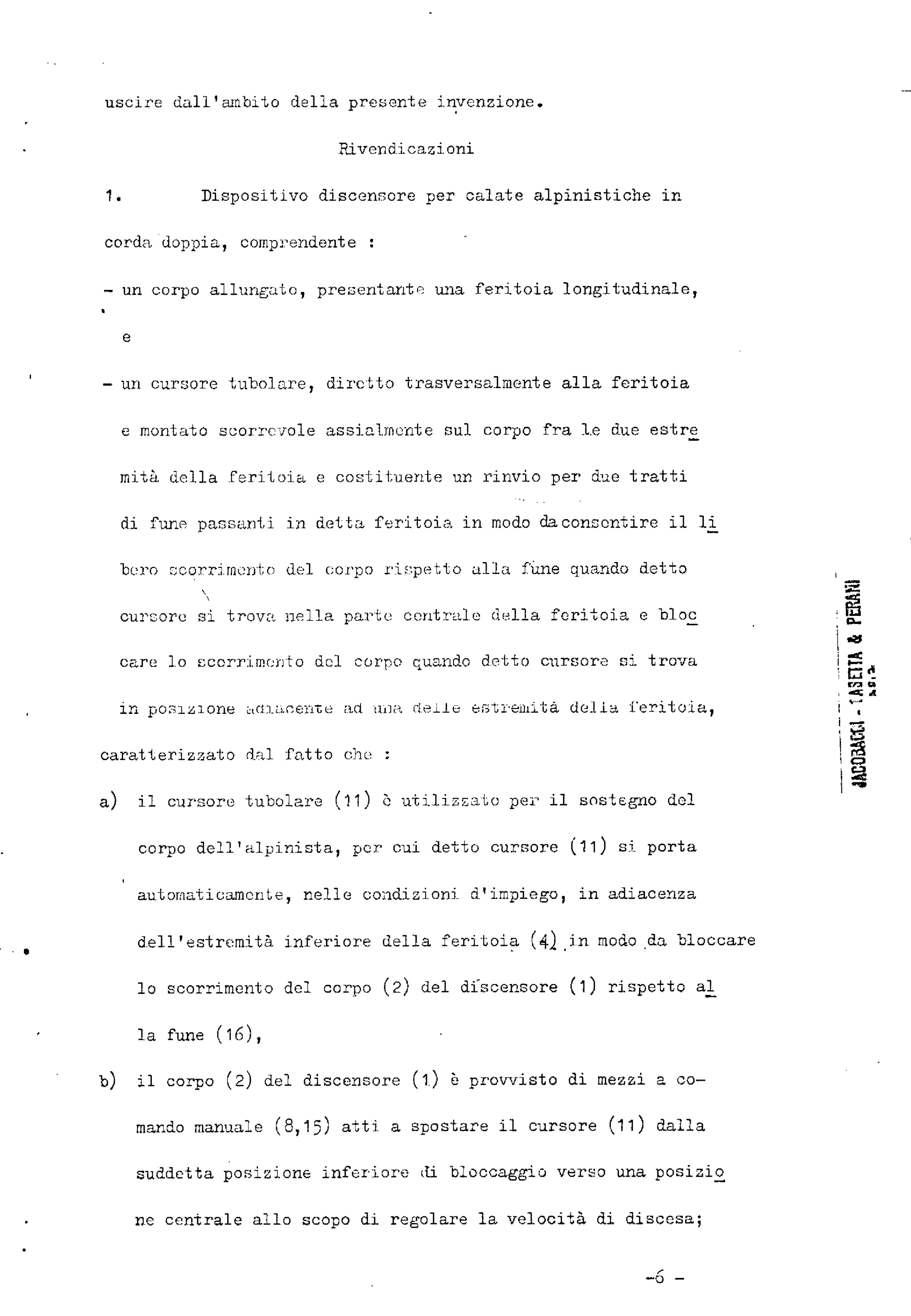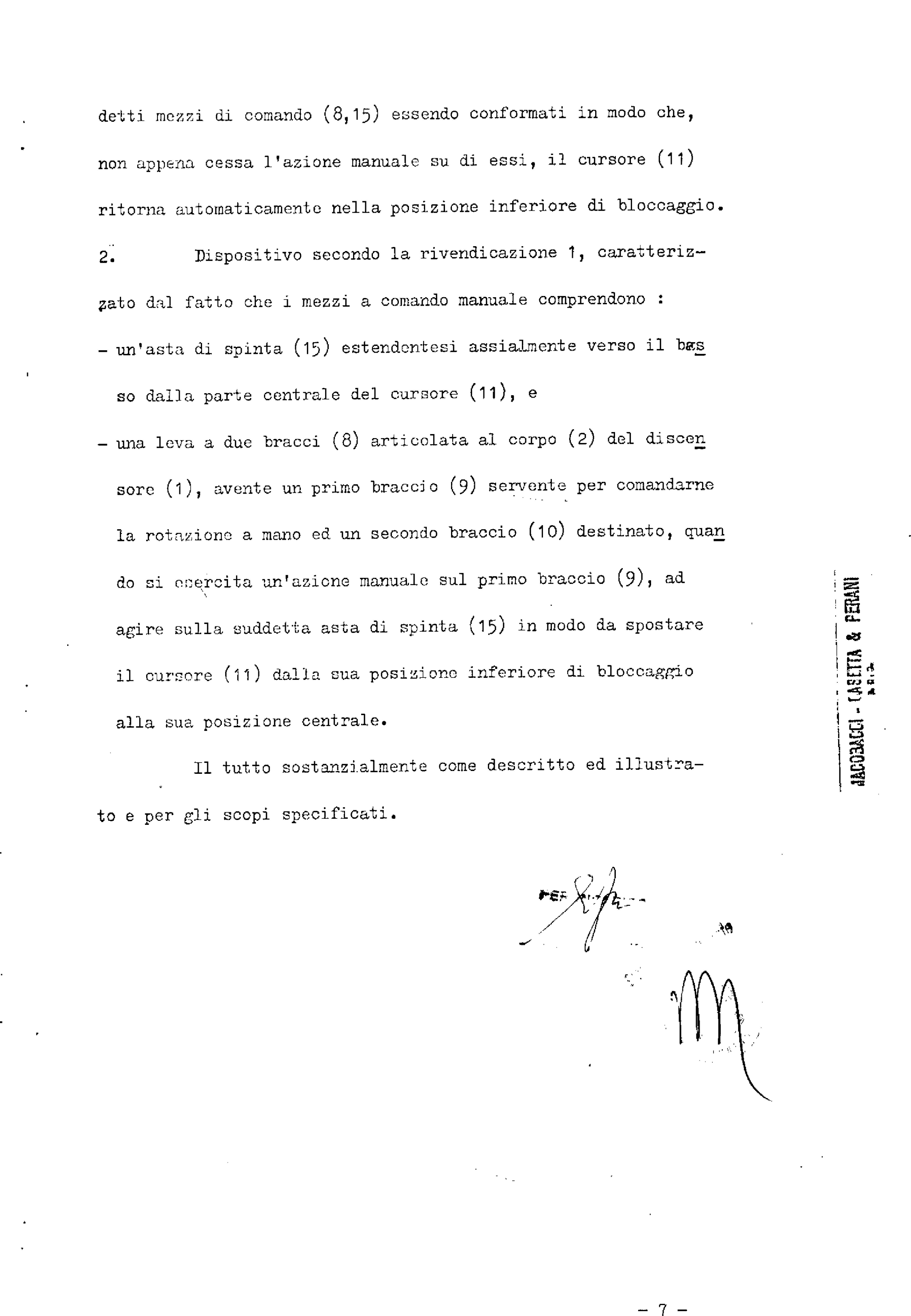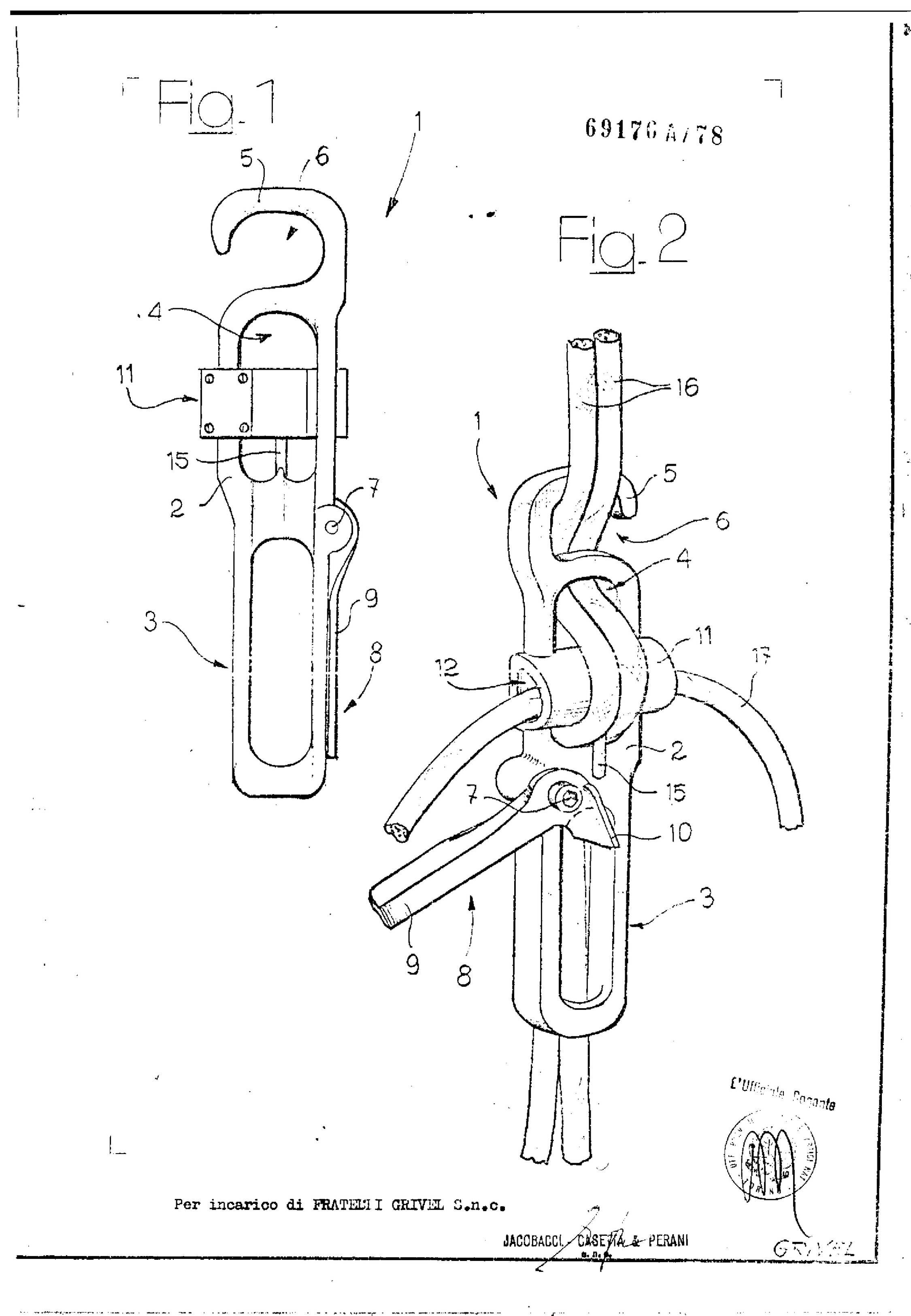Technical Details
I acquired my Grivel from Heinz Steffen Zeidler in 2011.
My Grivel is 192 mm. tall, 59 mm. wide, 37 mm. thick, and weighs 264 g. The Grivel is made from stainless steel. It consists of a frame, a pivoting brake bar, and a pivoting control lever. The frame is an oval with a 78 mm. tall, 25 mm. wide oval opening, a 28 mm. tall hook at the top left (opening to the right), and a 59 mm. handle at the lower left. The brake bar assembly is a hollow, 37.5 mm. wide, 31.5 mm. thick, 23 mm. deep D-shaped bar that hinges on the right side of the frame. There is an alignment guide on the rear of the bar that supports two projections. The first, at the top rear, is engaged by the control lever. The other, on the left side, engages a slot in the frame. The brake bar can only be opened when the projection aligns with a cutout in the frame. The bar also supports two projections on the bottom front. These each have 30 mm. tall, 15.5 mm. wide teardrop openings. These projections are reinforced against lateral motion. The control lever is a stamped assembly that pivots on a rivet through a tab on the left side of the frame. An arm on the lever engages the rear projection on the brake bar guide.
The frame handle is stamped "GRIVEL."
This is an unusual device that, unfortunately, came without instructions. Heinz Steffen Zeidler showed a carabiner attached to the ears projecting below the brake bar. With the user supported by such a carabiner, rope friction will tend to raise the frame with respect to the brake bar, wedging the rope between the frame and the lower rear edge of the bar. This also raises the handle. Squeezing the handle lowers the frame with respect to the bar, reducing friction and allowing one to descend.
In 2021, Bernard À Floreffe provided me with the following Italian patent documentation titled "Descender device for mountaineering rappels in double cord" [my translations]:
The document is dated September 21, 1978. The illustrations in the patent do not show the projections below the brake bar. In the patent, "the alpinist’s body is anchored to the body of the descender device by means of a rope which is passed through the cavity of the tubular slider [brake bar]." This would be an awkward means of attachment, which would explain why the projections were added to allow clipping in with a carabiner.
Operating the handle is tiring, and there is some interference with the carabiner. We’ve found that one can use the Grivel upside-down by hooking the carabiner. This is dangerous because the device can easily unhook if there is any slack in the system, but it puts the handle in a more convenient position. Don't do this.
|
 |
Warning:
DO NOT USE THE GRIVEL IN THE INVERTED ORIENTATION. IT CAN UNHOOK, PUTTING THE USER IN FREEFALL.
|
 |
|

For far more content, use a larger monitor and a full-width window.
Hundreds of cell phone users complained and asked me to for a simpler, mobile friendly site. In particular, they wanted me to limit each page to a small number of pictures and minimize my use of text. This new site provides what they asked for.


